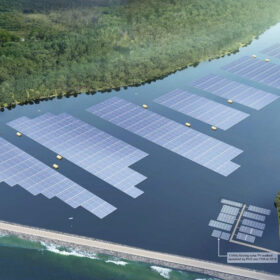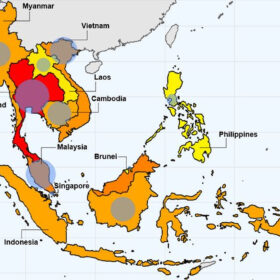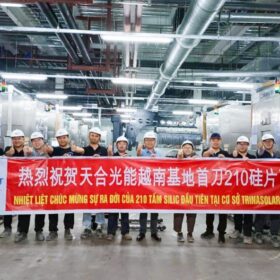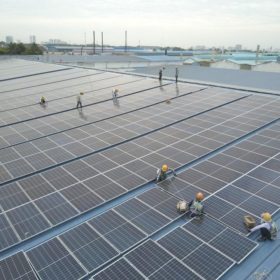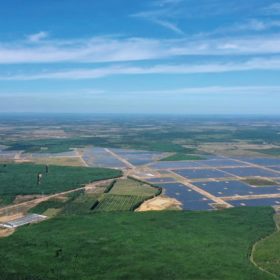Toyo Solar inaugurates 4 GW TOPCon solar cell factory in Vietnam
Toyo Solar, a subsidiary of Vsun Solar, commissioned a 4 GW TOPCon cell factory, completing the first phase of an 8 GW manufacturing facility in Vietnam.
The ‘next big thing’
The PV industry in Southeast Asia has come a long way since guest author Ragna Schmidt-Haupt, partner at Everoze, reported on solar financing innovation in the region more than a decade ago. In this article, she outlines five factors for success, the newest of which has the potential to become a game changer, and not only in Southeast Asia.
Southeast Asia has technical potential to deploy over 1 TW of floating PV
A group of researchers from the US National Renewable Energy Laboratory assessed the potential for floating PV (FPV) plants at reservoirs and natural waterbodies in 10 Southeast Asian countries. It found that the overall FPV technical potential for the region ranges from 477 GW to 1,046 GW.
Trina Solar begins producing 210 mm wafers at 6.5 GW Vietnam facility
In addition to the new factory’s wafer production capacity of 6.5 GW, it has a cell capacity of 4 GW and a module capacity of 5 GW.
AD Green commissions 3 GW solar module factory in Vietnam
The new manufacturing facility is located in Thai Binh and will produce modules mainly for the US market. It currently has a capacity of 500 MW and is expected to reach 3 GW within 12 months
Southeast Asia solar markets set for growth this year
New PV capacity additions in Southeast Asia are expected to bounce back this year for the first time since 2020, according to the Asian Photovoltaic Industry Association. The market is expected to grow by 13% in 2023, for 3.8 GW of new installations.
Vietnam’s solar development moves to rooftops, net metering
The Vietnamese government has announced a $135 billion energy strategy, with half of the country’s residential rooftops to be equipped with PV systems under a net-metering scheme. The nation also aims to become a power exporter by the end of the decade.
The Hydrogen Stream: BMW unveils hydrogen car demonstration fleet
BMW has launched its iX5 Hydrogen vehicle pilot fleet, with plans to start production by the end of the decade. Everfuel and Hy24, meanwhile, have launched a joint venture to accelerate hydrogen development in Scandinavia.
China’s polysilicon imports fell by 23% in 2022, says Bernreuter Research
After an interim high in 2021, polysilicon imports into China fell again in 2022, but the country’s share in global output still came close to 90%, according to a new report by Bernreuter Research.
Vietnam sets ceiling price of $0.0502/kWh for ‘transitional’ PV projects
Vietnam’s Ministry of Industry and Trade (MIOT) recently introduced new ceiling prices for solar and wind projects that sell electricity to Electricity of Vietnam (EVN). The ceiling price for ground-mounted solar has been slashed from $0.0709/kWh to $0.0502/kWh, threatening the financial viability of large-scale solar projects.

